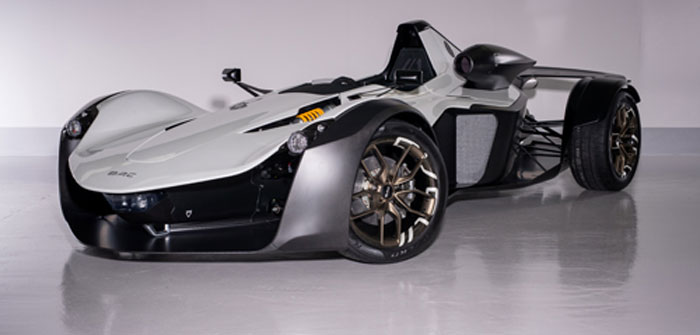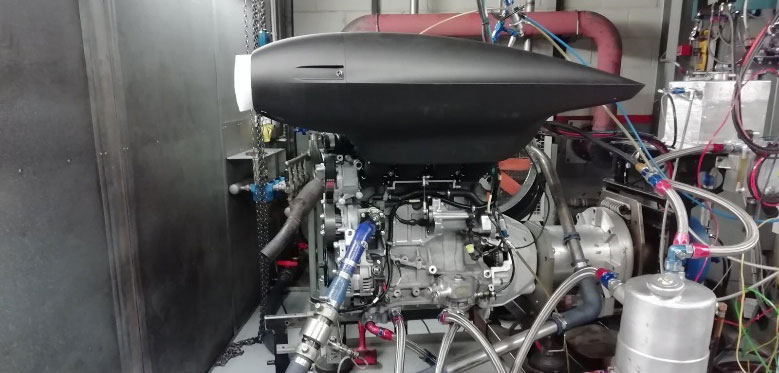BAC and 3D printing company Stratasys has detailed the impact additive manufacturing is having on the design and production of the BAC’s latest performance vehicle – the Mono R.
During development, Stratasys aided design and testing of the Mono R’s air intake. Essential to cooling and on-road performance, the airbox has a complex geometry, with the final part needing to be produced entirely in carbon fiber.
These demands meant that the production of a prototype using traditional methods wasn’t possible. The aim was to avoid lead times and spiraling costs, while ensuring no compromise to the performance and functionality of the prototype. The final design of the airbox required expensive tooling, and the carbon-fiber production process proved labor-intensive.
“The lead time to produce one prototype of the airbox using traditional machining methods surpassed two weeks,” said Ian Briggs, BAC design director. “If there were any problems with the prototype produced, then any design iterations would add double that amount of time. This was a delay we just couldn’t afford.”
The team at BAC turned to additive manufacturing. Using the Stratasys F900 Production 3D Printer, the team produced the airbox, which was then fitted to the car and put through its paces to assess the parts design and performance.
“Access to quick, efficient, industrial-grade additive manufacturing was a game-changer for this development process,” Briggs added. “Within hours we were able to produce an accurate 3D-printed prototype of the airbox and install it on the car for testing. This enabled us to reduce our design-to-manufacture time significantly.”
Thanks to the engineering-grade materials accessible on the Stratasys F900, the team were able to produce the prototype in Stratasys’ Nylon 12CF material. A carbon-fiber reinforced thermoplastic, that can endure temperatures of over 140°C (284°F), Nylon 12CF offered the design team the chance to test the prototype in as close a material as possible to the real thing.
“Access to the carbon-fibre reinforced Nylon 12CF was integral for this development process. The prototype was as close performance-wise as if we had produced the prototype in carbon-fibre reinforced plastic made from a mold. It also withstood the tests on the track with ease,” explains Briggs.




